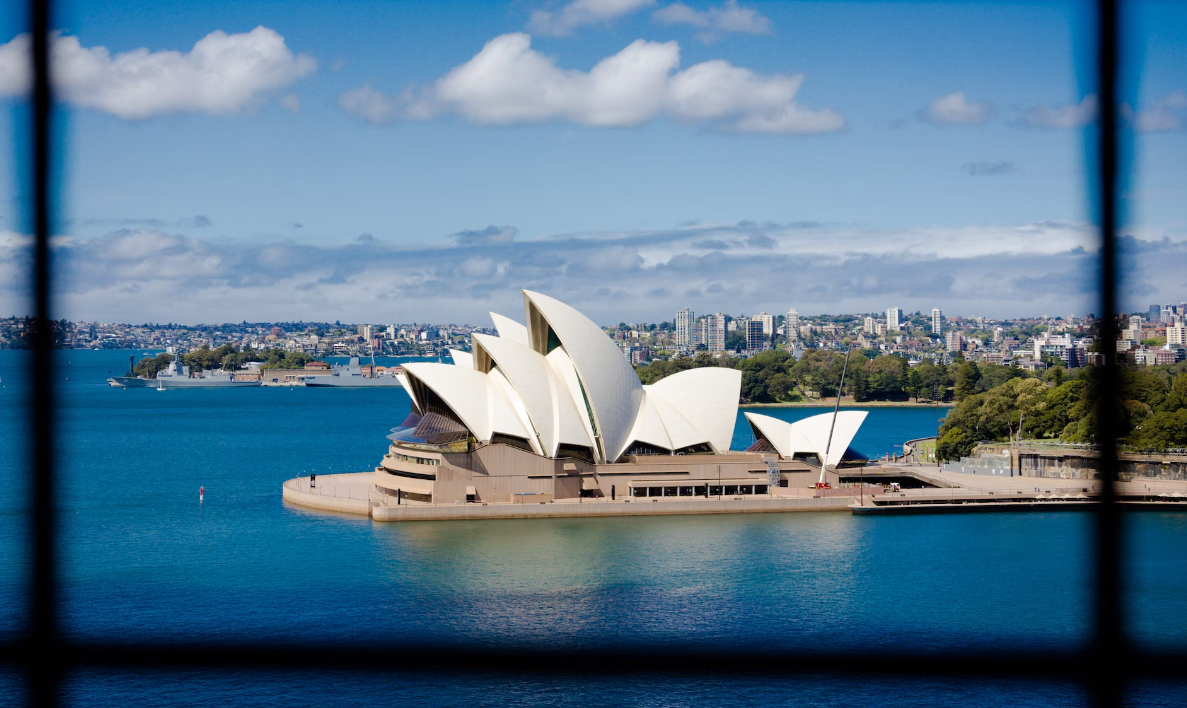Art has long been a mirror of human emotion, reflecting joy, sorrow, love, and despair through colors and forms. From ancient cave paintings to modern abstract pieces, every brushstroke tells a story, capturing the essence of human feelings. But how do artists achieve this? And why does art have such a profound impact on our emotions?
The Power of Art in Expressing Emotion
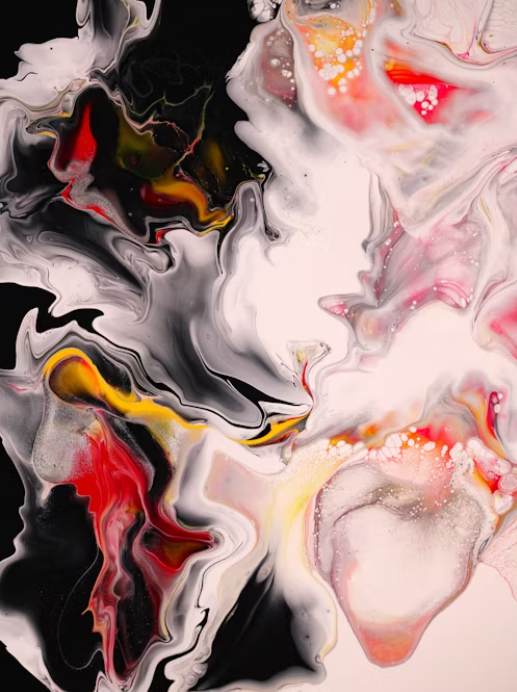
Why Art is a Universal Language
Art transcends language barriers, allowing people from different backgrounds to connect on an emotional level. Whether it’s a Renaissance masterpiece or a contemporary digital artwork, the emotional message remains clear, evoking powerful responses.
Historical Perspectives on Emotional Art
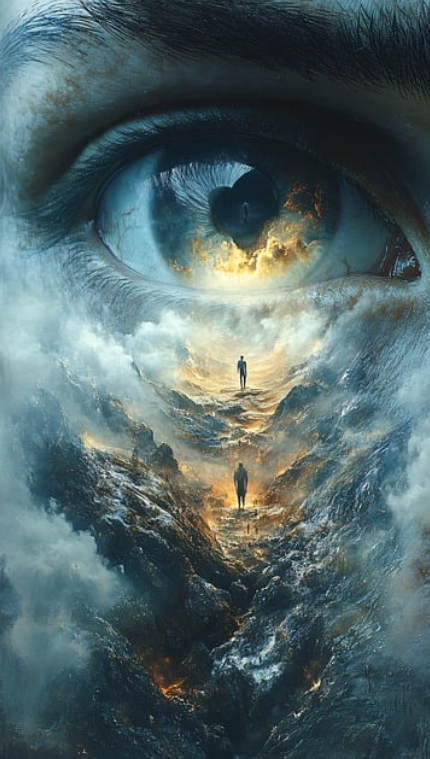
Throughout history, art has served as an outlet for human expression. The Romantic period was marked by dramatic, emotion-filled paintings, while Expressionism sought to externalize inner turmoil. Each movement has used art to tell emotional stories that resonate across generations.
The Role of Colors in Emotional Expression
Warm vs. Cool Colors: What They Evoke
Warm Colors (Red, Orange, Yellow): These evoke feelings of passion, energy, and warmth.
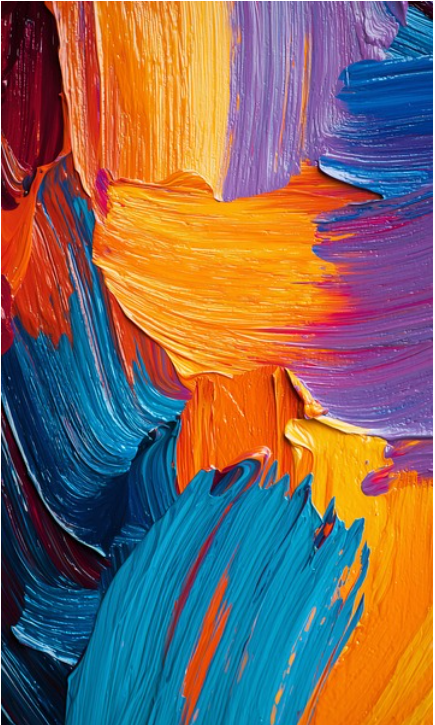
Cool Colors (Blue, Green, Purple): These create a sense of calm, sadness, or introspection.
Symbolism of Colors Across Cultures
Colors hold different meanings depending on cultural backgrounds. In Western culture, white symbolizes purity, while in some Eastern traditions, it represents mourning. Understanding color symbolism enhances an artist’s ability to convey specific emotions.
Techniques Artists Use to Convey Emotion
Brushstrokes and Their Psychological Impact
The intensity and direction of brushstrokes can influence the viewer’s emotional perception. Bold, thick strokes often represent aggression or energy, while soft, flowing strokes create a sense of serenity.
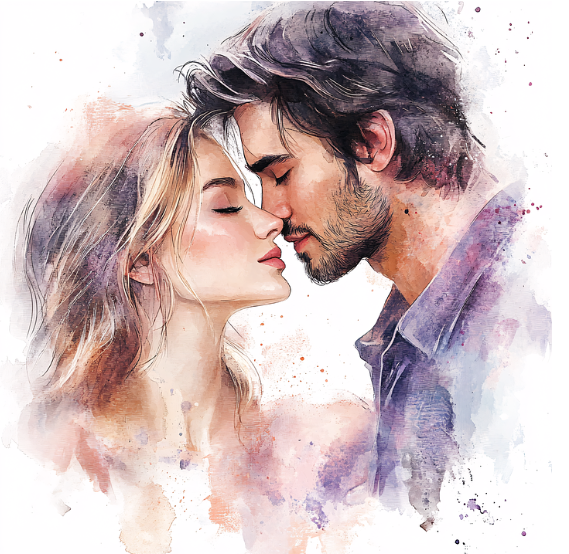
Composition and Its Effect on the Viewer
The Power of Contrast and Harmony
Contrast in light and dark, sharp and soft edges, or complementary colors can create dramatic tension, enhancing emotional impact.
The Role of Perspective and Depth
Artists use perspective to draw viewers into their world, creating an immersive experience that heightens emotional engagement.
Notable Artists and Their Emotional Masterpieces
Van Gogh: A Symphony of Turmoil and Passion
Vincent van Gogh’s swirling, vibrant brushstrokes in Starry Night exemplify raw emotion, capturing both his inner turmoil and awe of nature.
Frida Kahlo: Pain and Identity on Canvas
Kahlo’s self-portraits lay bare her physical and emotional suffering, making her artwork intensely personal and universally relatable.
Edvard Munch: The Scream of the Soul
Munch’s The Scream is an iconic representation of existential angst, its exaggerated lines and eerie color palette evoking deep unease.
The Impact of Emotional Art on Viewers
How Art Connects With Human Psychology
Studies show that art affects brain activity, triggering emotional responses similar to real-life experiences. This explains why certain paintings can make us feel joyful or melancholic.
The Therapeutic Power of Emotional Art
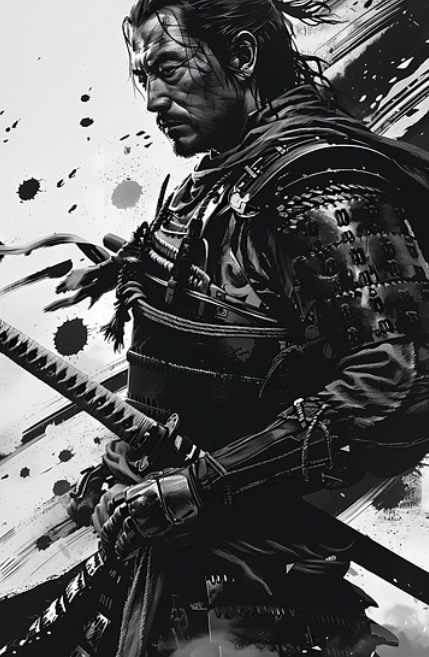
Art therapy is widely used to help individuals process emotions, offering a non-verbal means of expression for those struggling with mental health challenges.
Art is more than just a visual experience—it is an emotional journey. Through color, composition, and technique, artists capture the full spectrum of human emotion, allowing viewers to connect deeply with their work. Whether through the fiery strokes of Van Gogh or the haunting depth of Munch, art remains a powerful vessel for emotional expression.
